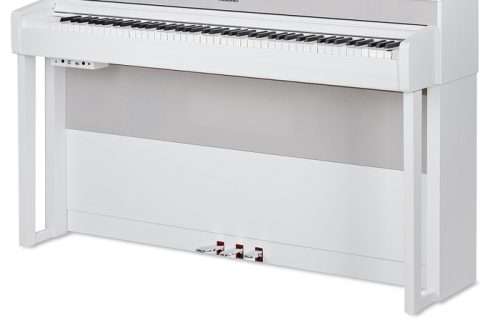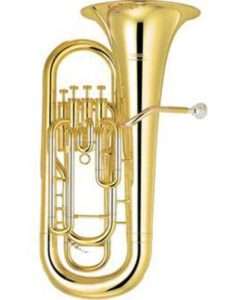Playing chords on the piano
An article for those who are learning to play piano chords for songs. Surely you have come across songbooks where guitar chords with their tablatures are attached to the text, that is, transcripts that make it clear which string and in which place you need to press in order to sound this or that chord.
The manual in front of you is something similar to such tablatures, only in relation to keyboard instruments. Each chord is explained with a picture, from which it is clear which keys need to be pressed to get the desired chord on the piano. If you are also looking for sheet music for chords, then look them up here.
Let me remind you that chord designations are alphanumeric. It is universal and allows guitarists to use the explanations as chords for a synthesizer or any other keyboard (and not necessarily a keyboard) musical instrument. By the way, if you are interested in letter designations in music, then read the article “Letter designations of notes.”
In this post, I propose to consider only the most common chords on the piano – these are major and minor triads from white keys. There will definitely be (or maybe already is) a sequel – so you can get acquainted with all the other chords.
C chord and C chord (C major and C minor)
D and Dm chords (D major and D minor)
Chord E – E major and chord Em – E minor
Chord F – F major and Fm – F minor
Chords G (G major) and Gm (G minor)
A chord (A major) and Am chord (A minor)
B chord (or H – B major) and Bm chord (or Hm – B minor)
For yourself, you can analyze these three-note chords and draw some conclusions. You probably noticed that chords for a synthesizer are played according to the same principle: from any note through a step through a key.
At the same time, major and minor chords differ in just one sound, one note, namely the middle (second). In major triads this note is higher, and in minor triads it is lower. Having understood all this, you can independently construct such chords on the piano from any sound, correcting the sound by ear.
That’s all for today! A separate article will be devoted to the remaining chords. In order not to miss important and useful articles, you can subscribe to the newsletter from the site, then the best materials will be sent directly to your inbox.
I recommend adding this same page to your bookmarks or, better yet, sending it to your contact page so that you can have such a cheat sheet at hand at any time – it’s easy to do, use the social buttons that are located under the “Like” inscription.



